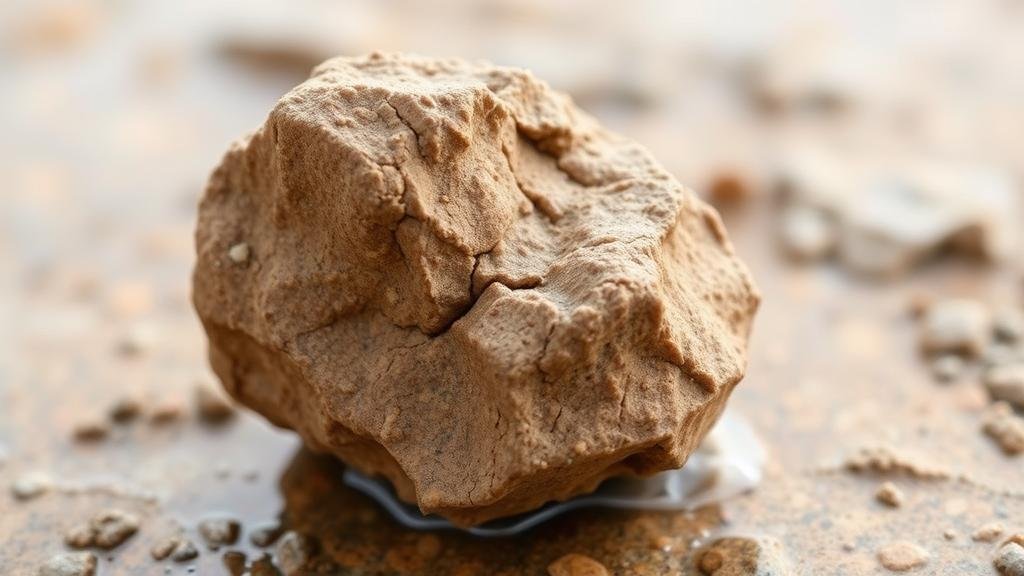Techniques for Locating Treasure in Regions With High Sediment Deposition Rates
Techniques for Locating Treasure in Regions With High Sediment Deposition Rates
Treasure hunting in areas characterized by high sediment deposition rates presents unique challenges and opportunities. Sediment deposition often obscures valuable artifacts and historical items; however, understanding the techniques and methods for locating treasures can yield significant rewards. This article delves into various strategies and technologies utilized for successful treasure hunting in such environments.
Understanding Sediment Deposition
Sediment deposition occurs when materials such as sand, silt, and clay are transported by wind or water and settle in particular areas, leading to layers of sediment accumulation. This process is crucial for determining treasure-hunting strategies. For example, river deltas and coastal regions commonly experience rapid deposition, burying artifacts left by human activity over centuries.
Geophysical Survey Techniques
Geophysical survey techniques use physical properties of the earth to detect anomalies that may indicate buried treasures. These techniques are invaluable in high sediment deposition areas where visual inspection is difficult. most commonly used methods include:
- Ground Penetrating Radar (GPR): This non-invasive technology sends electromagnetic waves into the ground and measures the reflected signals. GPR can differentiate between different materials, allowing for the identification of buried structures or artifacts, even in densely layered sediment.
- Magnetometry: This technique measures variations in the Earths magnetic field caused by ferrous materials. It is particularly effective in detecting metal objects buried in sediment, such as coins, weaponry, or other valuable metal artifacts.
- Electrical Resistivity Tomography (ERT): ERT involves passing an electrical current through the ground and measuring resistance to identify various subsurface materials. This method can reveal the presence of treasures by indicating differences in material composition.
Hydraulic and Mechanical Excavation Techniques
In regions with significant sediment deposition, traditional hand excavation can be labor-intensive and time-consuming. So, more efficient methods such as hydraulic and mechanical excavation can be utilized:
- Hydraulic Excavation: This technique employs high-pressure water jets to dislodge sediments, allowing for the recovery of artifacts without causing damage. It is especially useful in underwater settings or areas with loose deposits.
- Mechanical Dredging: Suitable for submerged treasure hunting, dredging machines can excavate large volumes of sediment from rivers or oceans. This method can yield significant finds when combined with proper geological studies to assess the likelihood of treasure.
Remote Sensing Technologies
Remote sensing encompasses a range of technologies aimed at acquiring information about an area from a distance. These methods are particularly useful for mapping vast, sediment-laden regions.
- Aerial Photography and Satellite Imagery: These technologies can capture images of large areas, revealing vegetation patterns, water flow, and sediment buildup that may suggest potential treasure locations. For example, historical photographs may reveal old river paths that are now covered by sediment.
- LiDAR (Light Detection and Ranging): LiDAR can penetrate light vegetation and provide detailed topographical maps. This technology can identify man-made structures hidden by sediment, hence guiding treasure hunters to potential dig sites.
Case Studies of Successful Treasure Finds
Several real-world examples highlight successful techniques for locating treasures buried in sediment-heavy environments.
- Elgin Marbles: In 1938, archaeologists employed GPR in the ancient site of Elgin, Greece, leading to the discovery of fragments of the Elgin Marbles, hidden beneath layers of sediment and soil.
- Spanish Galleons: The search for the sunken Spanish galleons off the Florida coast has led treasure hunters to utilize underwater dredging techniques that successfully recovered thousands of gold coins and historical artifacts buried under years of sand.
Best Practices and Considerations
Utilizing techniques in sediment-rich areas requires careful planning and execution. Here are key considerations:
- Environmental Regulations: Ensure compliance with local laws and regulations governing excavation and treasure recovery.
- Collaboration with Experts: Partner with geologists, archaeologists, and environmental scientists to enhance the efficacy of your search methods.
- Historical Research: Before beginning, invest time in researching historical maps and documents that may indicate areas of interest.
In summary, successful treasure hunting in areas with high sediment deposition requires a multi-faceted approach, incorporating a blend of modern technology, excavation methods, and thorough research. By implementing the outlined techniques, treasure seekers can significantly elevate their chances of making remarkable discoveries.



